Part Two Of Our Essential Guide to Buying Bass Gear
Despite making a mouthwatering range of top-line basses, Warwick is probably best known for their Thumb Bass. Introduced in 1985, it’s probably not quite ready to qualify for ‘classic’ status just yet, but as an icon of modern bass design, it can certainly stake its claim. The diminutive, smoothly shaped, natural wood body, with its delightful, almost gratuitous convex/concave shaping on the front and back, perhaps sums up the Warwick aesthetic better than any of the German company’s other models. Since the majority of Warwick’s annual limited-edition basses have also been Thumb variants, perhaps the company feels that way too.
It’s available in 4-, 5- and 6-string models, fretted or fretless and left-handed, offered as a laminated through-neck design or as a more cost effective bolt-on, and with many different body woods and finishes. The MEC pickups are wired to a push/pull volume control that switches off the active circuit when pulled out, a pickup pan control and a stacked bass and treble cut/boost control. Other standard features include a set of Warwick straplocks, angled Warwick tuners and the patented Warwick Just-A-Nut III nut, which can be easily lowered or raised to accommodate a change in string gauge. www.warwick.de
Things to remember…
- Generally, the older the better, as natural wood improves with age.
- You may need to adjust the truss rod if it’s left unplayed for a while.
- If it’s unwaxed for long periods the body wood can also dry out.
- Check active electronics for noisy controls, but always fit a new battery first.
- Look out for highly polished colours and check for dry wood cracks.

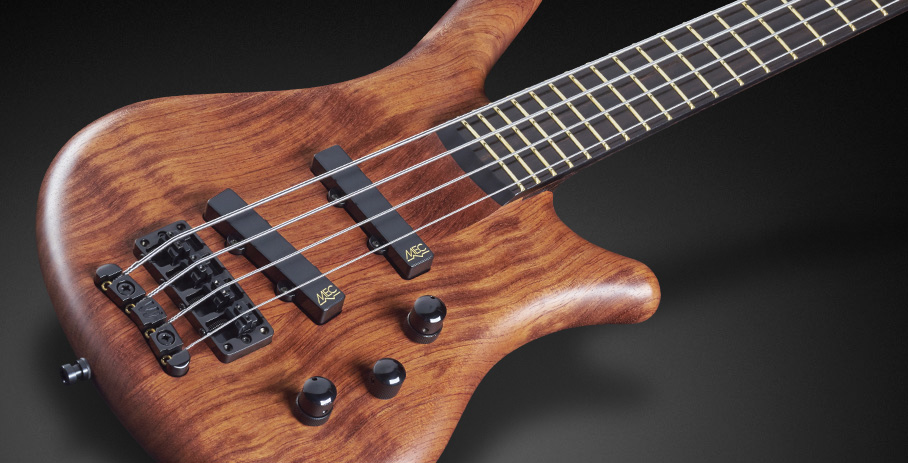
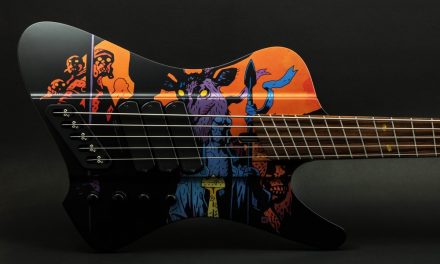

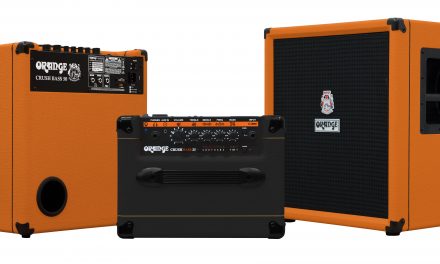
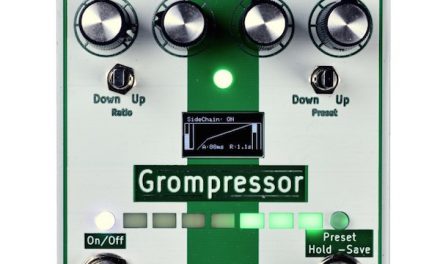




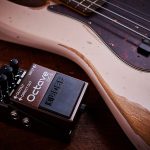


Not all Thumbs have the push/pull control: mine (an ’88, when they still were all NT ) doesn’t!